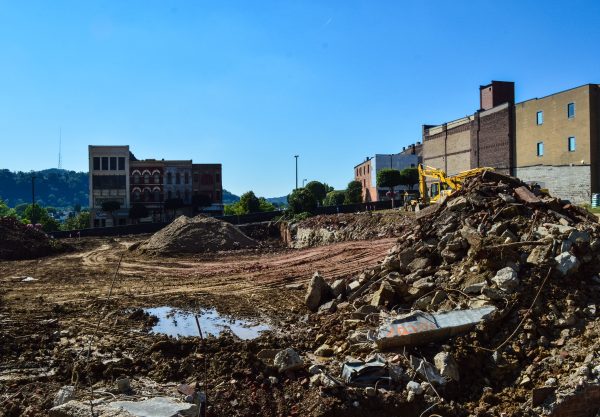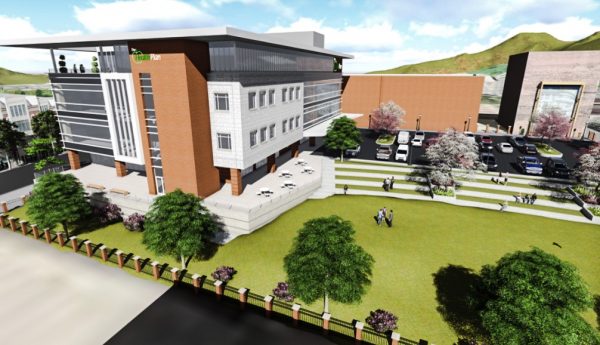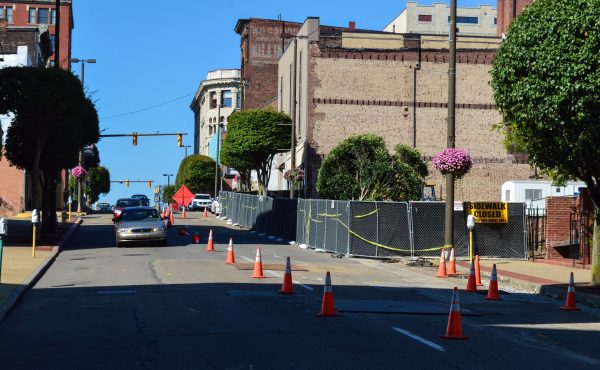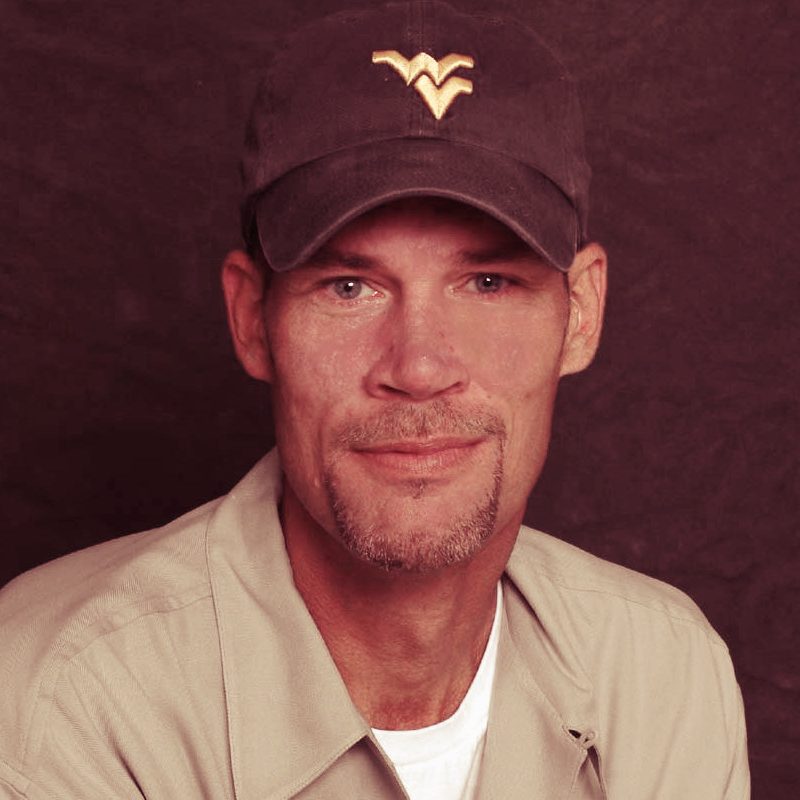To some, the differences have been obvious.
“I can tell you that when I returned to Wheeling after earning my undergraduate and law degrees at WVU, I could tell things were finally happening in the downtown area,” said W.Va. Delegate Shawn Fluharty. “I’ve seen a lot of positives, and it’s not just been the downtown because of the growth in the Centre Market area and the interest in preserving the history that we have left in Wheeling.
“Another big difference that I’ve noticed is the number of people who are involved in the conversation, and I think that’s happened because people have come to realize that they can live in Wheeling and make a difference that makes it a better place to live,” the lawmaker said. “And now, with the Health Plan project moving forward, I think everyone is anxious to see the differences the building and all of the new people in the downtown will make.”
During the past several years the Friendly City’s downtown district has experienced significant change with the renovation of both the Capitol Theatre and the Stone Center, the demolition of 13 buildings between 10th and 14th streets, the construction of Wesbanco Arena’s new atrium lobby, the ongoing conversion of the Boury Warehouse into an loft-apartment building, the renovations of the Kaley Tower and former Fort Henry Club, and the facelift to Market Plaza. Property owners in the Centre Market Historic District have been busy, too, with several renovation projects taking place from 20th to 23rd streets.

But with growth comes inconvenience in the forms of lane closures and traffic congestion, below-ground infrastructure projects, blocked sidewalks, and the noisiness of the construction process.
“If you drive downtown now, you’ll see construction cranes and bulldozers in several areas of the district,” Wheeling Mayor Glenn Elliott said. “The Health Plan site is totally dug up right now, and that’s exciting because it’s been a long time since we’ve seen that kind of construction taking place in our downtown. It’s been since the mid-1980s when we’ve had a new building constructed by the private sector.
“Our challenges are not solved, and we have a lot more work to do, and there are several things moving forward right now,” he said. “There are some lane closures that are necessary right now, but we are also trying not to be inconsiderate to the motorists during this process. And there are some sidewalks that are closed, but that only means the people in the downtown area have to go to the other sides of Main and Market streets. They can still get to where they need to go.”

The construction process involving the new Health Plan headquarters is expected to extend at least two years, but if Wheeling’s municipal government enters into a public-private partnership with the state’s Division of Highways for a paving and streetscaping project, construction along Main and Market streets could last longer. Such a partnership would allow for the implementation of a payment system between the state and city with the involved contractors, and that means the debt service would be more manageable and affordable.
“We are meeting with (District 6 engineer) Gus Suwaid next week to discuss with him some of the long-term strategies concerning the proposed public-private partnership to improve not only the roads in the downtown but also the sidewalks and the trees,” Elliott reported. “It’s was discussed before I was elected, and it’s still on the table, but it’s not been fully finalized, so we have to figure out what the plan will be.
“Another issue is the fact that, with the Health Plan project, they are going to be working on Main Street to improve the sewer line and to separate the storm sewer so we don’t have an override like we have been having in the past,” he continued. “It’s going to be a process, no doubt, but we just have to churn through it. New development is never easy, but in the end we’re going to have a beautiful building there with hundreds more people working in our downtown.”

No matter who is elected as the 36th governor in the history of West Virginia, the individual quickly will learn just how imperative the streetscaping project is to the future of the Friendly City’s downtown district, the mayor said.
“Whoever wins on Election Day will hear from us to let them know that this project is a high priority for Wheeling because it’s a critical piece for our downtown. It needs a facelift,” Elliott said. “There are a lot of things hanging in the balance, so it’s important for us because it will make our downtown area be a much better place to work and live.”
Last week Elliott joined Jake Daugherty, the executive director of Wheeling Heritage, on a trip to Greenville, S.C., to further research downtown revitalization. Although Greenville’s population is twice the size of Wheeling’s, several similarities do exist, the mayor insisted, and the use of public-private partnerships is only one of them.
“When I spoke with the mayor and other officials in Greenville, they used a term, ‘public-private partnership,’ almost in every sentence, and we have done that a little bit here in Wheeling, but down there it’s almost like a religion,” Elliott said. “They realized a long time ago they couldn’t do everything by themselves, so everything has involved those public-private partnerships, and they’ve had a lot of success. You can see the results there.

“Now, we do have Heritage Port here in downtown Wheeling, but it needs more of a connection to the rest of downtown. We have a lot of people coming to Heritage Port for all of the festivals, but what happens is that a lot of people go to the events, but when they are done, they just go home,” he said. “What we need is to figure out how to attract some of those people to the rest of the downtown. Heritage Port is great, and we’re very lucky to have it, but I am not convinced that we are getting the full bang for our buck.”
Elliott officially took office on July 1 after he was elected by Wheeling voters in May, but his research into urban renewal extends far past a few months as mayor. In fact, he plans to visit a few other cities where civic leaders have orchestrated revitalizations, including Huntington and Louisville, K.Y., because of how educational the trek to Greenville proved to be for him and Daugherty.
“Twenty-five years ago Greenville did not have a vibrant downtown at all because they experienced a considerable decline with the textile industry which left their downtown looking very much, I hate to say, the way our downtown does today,” Elliott reported. “There were a lot of vacancies, and the office holders were primarily banks and law firms, and you didn’t see much retail or dining options. There really wasn’t much down there.
“But they set about changing that in a very deliberate way over two decades so they could get their downtown to where it is today,” the mayor continued. “If you go to downtown Greenville today, you would see that it is absolutely stunning, and it’s an experience from top to bottom. Now Greenville is very different than Wheeling is, sure, but Greenville does provide an example of how to go about thinking how to make a downtown district a better place for all of us.”
(Photos by Steve Novotney)





